20 Spectacular Benefits Of Sea Salt
Unlock nature's hidden treasure: revitalizing health, beauty, and wellbeing secrets revealed!
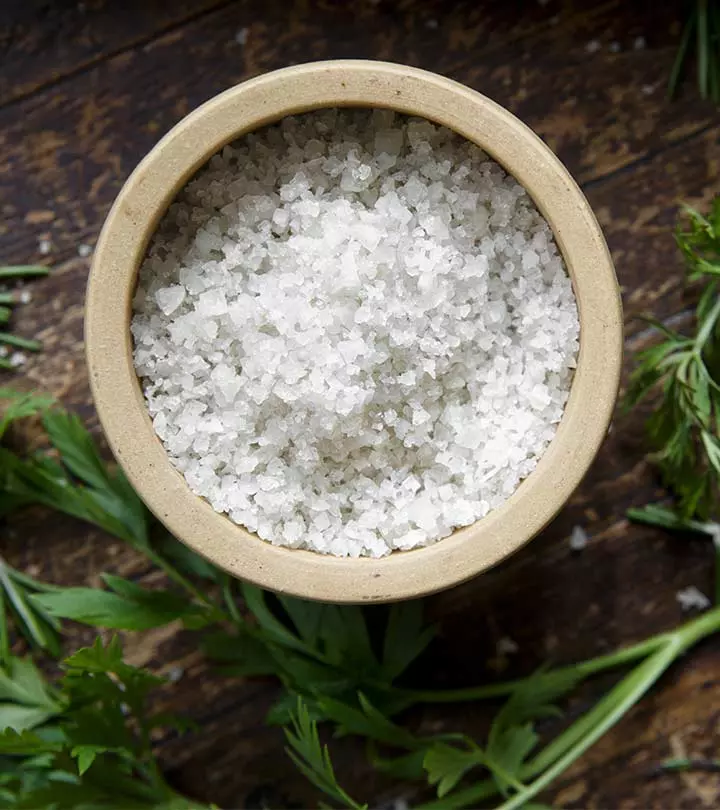
Image: Shutterstock
“Salt is born of the purest parents: the sun and the sea.” ― Pythagoras
When a certain ingredient has an ancient Greek philosopher like Pythagoras waxing poetic about it, you know it has to have some amazing benefits to offer. And the ancient Greeks seemed to be in on the sea salt secret.
Well, I’m sure that you have been told umpteen number of times in your life to cut down on salt as it can be unhealthy for you. But here’s the thing about sea salt – because it is unprocessed and contains a ton of minerals, it is actually really great for your health. Let’s dive right into this sea salt adventure.
Table of Contents
- What Is Sea Salt?
- What Are The Types Of Sea Salt?
- History Of Sea Salt
- Why Do You Need Sodium?
- Sea Salt Nutrition Facts
- What Are The Health Benefits Of Sea Salt?
- Sea Salt Vs. Table Salt
- What Are Some Tips For Using Sea Salt?
- How To Select And Store Sea Salt
- Where To Buy Sea Salt
- What Are The Side Effects Of Sea Salt?
What Is Sea Salt?
Sea salt, as is quite clear from the name, is salt that is produced by evaporating ocean water or saltwater from lakes. Thus, it contains traces of some essential minerals, depending on which area it has been produced from, which give it a distinct taste and color.
Bay salt and solar salt are also some names given to sea salt.
Since the characteristics of sea salt can change depending on where it is produced, it stands to reason that there are different types of sea salt out there. Let’s take a look at some of them.
What Are The Types Of Sea Salt?
From the Himalayas to the Celtic Sea, sea salt is produced in a number of places all around the world. Here are a few famous varieties that you can look for when making your next sea salt purchase:
- Himalayan Sea Salt: If the purest of pure sea salt is what you’re looking for, Himalayan sea salt will do the trick. It is believed that this particular variety dates back to the prehistoric times and contains remnants of the primal sea. This gorgeous pale pink salt contains all the 84 elements found in our body and, therefore, offers a ton of benefits like regulating your blood pressure, supporting your respiratory health, and maintaining the pH balance in your cells.
- Celtic Sea Salt: Celtic sea salt is (obviously) harvested near the Celtic Sea in Brittany, France using an ancient Celtic method. This gray tinted sea salt remains moist to the touch even after being stored for a long time and is beneficial for brain function, electrolyte balance, and regulating blood pressure.
- Flaky Sea Salt: This flaky textured sea salt with thin, flat crystals dissolves really easily and has a saltier taste. However, it’s mineral content is comparatively lower than the other types of sea salts.
- Fleur de Sel: The reason this sea salt has such a pretty name is that it translates to ‘flower of salt’ in French and Portuguese owing to its flower-shaped crystals. Though earlier it was used as a laxative and salve, it is now exclusively used in cooking.
- Hawaiian Sea Salt: Hawaiian sea salt is made by adding red volcanic clay called ‘alae’ to sea salt. This infuses iron oxide into the salt and gives it a red tinge. This is a particularly expensive variety of sea salt and is hard to find outside of Hawaii.
Isn’t it fascinating to see how one ingredient can differ so much based on where it’s produced? Let’s take a closer look at how sea salt began being used in the first place.
History Of Sea Salt
The earliest mention of sea salt that can be found in a historical text is in the Vinaya Pitaka, a Buddhist scripture from the 5th century BC.
Traditionally, sea salt was produced in places called ‘salterns.’ These salterns were usually located where there was access to a market for the sea salt, an easily worked fuel supply, and a gently shelving coastline. Here, sea salt was produced by evaporating the water from the sea brine.
These salterns that supported local businesses and enhanced the economy were common in ancient Rome and medieval England. Here, the sea brine was evaporated in ceramic containers called ‘briquetage’ to produce sea salt. This traditional method lasted until the Industrial Revolution hit in the 20th century.
So, it’s safe to say that sea salt has been around for a long time now. But why do we needed to sprinkle a pinch of this ingredient on all of our food? The answer lies in its sodium content. Here’s why…
Why Do You Need Sodium?
It’s time you started ignoring the naysayers who compel you to cut back on sodium. This is because sodium is responsible for two functions in our bodies.
Firstly, nervous impulses and muscle contractions are a result of the electrochemical activity that is made possible by sodium.
Secondly, it plays a major role in maintaining blood volume by retaining water and controlling the concentration of particles in the plasma.
Yes, that sodium does provide some healthy goodness to our bodies. Let’s see what other essential nutrients sea salt contains.
Sea Salt Nutrition Facts
Nutrient | Amount Per Serving | % Daily Values | |||
|---|---|---|---|---|---|
Calories | 0 mcg | 0% | |||
| Total Fat | 0 mg | 0% | |||
| Cholesterol | 0 mg | 6% | |||
| Sodium | 2225 mg | 97% | |||
| Total Carbohydrate | 0 mg | 0% | |||
| Protein | 0 mcg | 0% | |||
| Vitamin A | 0 | 0% | |||
| Vitamin C | 0 | 0% |
As you can see, sea salt looks like it doesn’t have much going on in the nutrient department except for being exceptionally high in sodium. But that couldn’t be further from the truth. Sea salt is one of those rare ingredients that houses all 84 essential minerals that are found in the human body. But the exact compositional breakdown of these minerals can vary depending on the original source of seawater that it was produced from.
The major minerals found in sea salt are sodium (of course), potassium, phosphorus, and calcium. Some trace minerals that are usually found in it are iron, iodine, manganese, and zinc.
You may think that sea salt and table salt contain the same minerals because they are both, well, salts. But you couldn’t be further from the truth. Keep scrolling to see how table salt and sea salt are different on a fundamental level.
Sea Salt Vs. Table Salt
This is a debate that has been going on for a while as some people believe there’s essentially no difference between the nutritional value of table salt and sea salt. However, there are definitely a few fundamental differences between the two.
| Table Salt | Sea Salt | ||
|---|---|---|---|
| Table salt is extracted from underground salt deposits. | Sea salt is produced by evaporating sea water or saltwater from lakes. | ||
| Heavily processed to remove minerals. | Goes through minimal processing to retain mineral content. | ||
| Has a fine, powdery texture that is achieved by adding an additive that prevents clumping. | Has a coarse texture with bigger granules. | ||
| Pure white. | Has a tinge of color due to its mineral content. |
So, you see, table salt and sea salt are practically two different ingredients when we take a close look at their texture, color, and processing. Hence, it’s no surprise that they serve completely different health benefits as well.
What Are The Health Benefits Of Sea Salt?
Sea salt is one of those rare ingredients that contain all 84 trace elements that are found in the human body. And they offer a range of health benefits from treating arthritis and sinusitis to reducing acne and muscle cramps. Let’s look at them in detail.
1. Relieves Rheumatoid Arthritis
Sea salt has been found to possess anti-inflammatory properties that help reduce the pain caused by rheumatoid arthritis. A study conducted in Israel compared the effects of Dead Sea bath salts and regular salt on patients with rheumatoid arthritis. They found that the group that received sea salt bath experienced a higher therapeutic relief in terms of stiffness, walking, hand grip, and joint pains as compared to the control group (1).
2. Encourages Exfoliation
The coarse granular texture of sea salt makes it perfect to be used as an exfoliant. Gently rubbing your skin with sea salt helps remove dead skin cells, improves blood circulation, and promotes skin rejuvenation. And it leaves your skin feeling clean and smooth.
3. Maintain The pH Balance Of Your Body
The magnesium found in Celtic and Himalayan sea salts is a godsend when it comes to maintaining the pH balance in your body. Consume a bittern of Celtic sea salt or a liquid mixture of magnesium chloride and sea salt to reduce excessive acidity in your blood (2).
4. Boosts Immune System
There are a couple of ways in which sea salt contributes to the strength of the immune system. First, it contains minerals like iron, phosphorus, zinc, manganese, magnesium, iodine, and potassium that help boost the activity of the immune system. Second, its alkalizing effect prevents bacteria and viruses from thriving, thus protecting you from various infectious diseases (3).
5. Improves Heart Health And Normalizes Heartbeat
It is said that sea salt can improve your cardiovascular health and regulate heartbeat. This is probably because it contains sodium, chloride, and potassium that work together to conduct nerve impulses and cause muscle contractions. This, in turn, helps maintain a regular heartbeat. However, there is no conclusive scientific evidence to prove this.
6. Regulate Your Blood Pressure
Bummed out that you have to cut down on salt because of your high blood pressure problem? Well, I have some good news for you! Consuming sea salt has been found to significantly reduce blood pressure and hypertension in rats (4). And lower blood pressure can help keep a number of cardiovascular diseases at bay.
7. Aids Digestion And Weight Loss
When it comes to weight loss, there are a couple of different reasons people think sea salt works. For one, it is said that it regulates the secretion of digestive juices, which prevents build-up in the digestive tract and, thus, helps keep off the weight. However, there is not much evidence for the same. The second, more viable, reason could simply be that it has lower sodium content that aids weight loss (5).
8. Regulates Blood Sugar
Seasoning your food with sea salt instead of regular salt can do wonders for your blood sugar levels (6). Diabetic patients can immensely benefit from this as it could reduce their dependence on insulin medication.
9. Treats Psoriasis
Psoriasis is a condition that is characterized by itchy rashes and joint pains. A study conducted by the Ben-Gurion University of the Negev in Israel tested the effectiveness of balneotherapy (mud packs and sulfur baths) with Dead Sea salt in treating these symptoms of psoriasis and psoriatic arthritis. Results showed a significant improvement in a number of symptoms, especially in the reduction of spinal pain and movement (7).
10. Reduces Osteoarthritis Risk
Osteoarthritis in the knees can be painful and make moving around extremely difficult. Fortunately, a study has found that balneotherapy with Dead Sea salt can bring about a significant improvement in its symptoms. Moreover, the therapeutic effect of a two-week treatment lasted for about 3 months (8).
11. Treats Asthma
Sea salt has long been known to reduce inflammation and help treat asthma. In fact, it is believed that sprinkling a pinch of sea salt on your tongue after drinking a glass of water is just as effective as using an inhaler. However, there is no scientific evidence to support this claim.
12. Helps Maintain Proper Brain, Muscle, And Nervous System Function
Let’s get one thing straight – if you want your body to function normally, you absolutely need electrolytes like sodium, chloride, and potassium. Sodium is especially essential as it has the ability to move in and out of individual cells to transmit nerve impulses. These nerve impulses are what make it possible for the brain, muscles, and nervous system to communicate with each other and carry out critical body functions (9).
13. Fights Depression
Some people believe that sea salt can help treat symptoms of depression as it helps regulate two hormones in the body – serotonin and melatonin. These hormones help you relax and have a more restful sleep. However, there is no conclusive evidence that sea salt has any direct effect on the production or regulation of these hormones.
14. Relieves Muscle Cramps
Ever wondered why your muscles cramp after a long workout session? It’s because you lose electrolytes (mainly sodium) from your body through sweating. To prevent this deficit from taking place, you need to consume some sea salt (which, as we know, is rich in electrolytes) and fluid solution before you head out. This will help you stay hydrated and prevent your muscles from cramping (10). You could also soak the affected area in a sea salt bath to relieve stiffness and discomfort.
15. Helps Avoid Dehydration
Sodium is responsible for retaining water in our body, so, naturally, a shortage of sodium could result in your body losing water quickly and becoming dehydrated. Consuming some sea salt daily ensures that you have sufficient sodium and also maintains the sodium-potassium balance in your body, which is essential for maintaining proper fluid balance at the cellular level (11).
16. Treats Rhinosinusitis
Rhinosinusitis (commonly known as sinusitis) is a condition in which the nasal passages become inflamed and fill up with mucus. A study conducted in Chicago (USA) found that not only was nasal irrigation using Dead Sea salt solution more effective in relieving sinusitis symptoms than a regular saline solution, but it also improved the quality of life (12).
17. Enhances Skin Health
Topical application of sea salt solution can do wonders for your skin. A study conducted at the University of Kiel (Germany) found that bathing with Dead Sea salt solution improved the skin barrier function, enhanced moisturization, and reduced roughness and inflammation. This is largely because sea salt has a high magnesium content (13). These properties can help in preventing premature aging, cleansing skin, reducing dark circles, and treating eczema and acne.
18. Benefits Oral Health
When it comes to oral health, sea salt is your best friend. It contains fluoride, the leading mineral that promotes dental health. It keeps acidic damage at bay and prevents the demineralization of enamel and the development of dental caries and cavities (14).
19. Relaxes Aching Feet
Give your aching feet some sweet relief by soaking them in a sea salt bath. Add some sea salt to a tub of warm water along with a few drops of lavender, rosemary, and peppermint essential oils to stimulate circulation, soften the calluses, and reduce the soreness in your feet (15).
20. Prevents Hair Loss
As we discussed earlier, the topical application of sea salt can help increase the blood circulation in the area. Thus, massaging your scalp with a mild sea salt solution can stimulate hair growth and strengthen hair follicles.
Now that you know all the amazing benefits that sea salt has to offer, I’m sure you’re dying to start adding it to all your dishes. Here are few ways you can use it.
What Are Some Tips For Using Sea Salt?
There are a number of ways that you can use sea salt in cooking besides just as a seasoning right at the end. Here’s what you need to keep in mind:
- Add sea salt to your dish as you go instead of sprinkling it right at the end. You can do so by dividing the amount of sea salt specified in the recipe in equal portions and adding one portion after adding another ingredient. This will give your dish a more well-rounded flavor.
- Use the ‘three-fingered pinch’ (thumb, pointer finger, middle finger) to add an optimum amount of sea salt to your dish. This amounts to about ¼ to ⅛ of a teaspoon, so there’s no reason to worry that you’re adding too much.
- Sprinkle a pinch of sea salt on top of baked sweets like cakes, cookies, or candies to make them taste even better. The sea salt adds to the complexity of the flavor and makes the sweets taste even sweeter. This little tip works wonders in chocolate-flavored sweets.
Follow these tips and see how your dishes blossom with enhanced flavor. And if you’re still having trouble figuring out which sea salt to buy and how to store it, just keep reading.
How To Select And Store Sea Salt
When it comes to buying sea salt, there really isn’t much to look for when selecting one. If you want the purest quality of sea salt, make sure it is FDA approved.
As for storage, you can store it in an airtight container next to your stove. Make sure you use a dry spoon when adding it to your dish to prevent it from clumping because of moisture.
But before you even think about selecting and storing sea salt, you’ll have to buy it. Here’s where we like to shop for our sea salt.
Where To Buy Sea Salt
The easiest place to buy sea salt is online. Given below is a helpful list of links to buy the best of the best sea salt that you can get your hands on.
Now that you know where to buy sea salt, let’s turn our attention to its side effects.
What Are The Side Effects Of Sea Salt?
There are no major side effects known to be caused by sea salt. However, if you suffer from high blood pressure, you should avoid consuming too much of any kind of salt, including sea salt.
Who knew that just a little sprinkle of sea salt could offer you a world of health benefits? Well, it’s time you got a jar of this wonder ingredient and kept it next to your stove because, before you know it, you’ll be adding it to every dish you can make. Don’t forget to comment below to let us know how you use sea salt.
Frequently Asked Questions
Is sea salt healthier than regular salt?
Yes, sea salt is healthier than regular salt as it goes through less processing and has higher mineral content.
What is the healthiest salt?
Himalayan pink sea salt is considered to be the healthiest sea salt.
What are the benefits of sea salt soaks?
Sea salt soaks work wonders in relieving joint and muscle pains.
References
- “Dead Sea bath salts for the treatment of rheumatoid arthritis.” Soroka Medical Center, Israel.
- “The Tao Of Detox: The Natural Way To Purify Your Body For Health And Longevity.” Reid, D.
- “The Great Indian Diet: Busting the big FAT MYTH.” Kundra, S. S.; Coutinho, L.
- “Natural sea salt consumption confers protection against hypertension and kidney damage in Dahl salt-sensitive rats.” Chung-Ang University, Korea.
- “How Sea Salt Affects the Body and the Environment.” University of California, Santa Barbara, USA.
- “Salt.” Hussain, I.
- “Treatment of psoriatic arthritis at the Dead Sea.” Ben-Gurion University of the Negev, Israel.
- “Balneotherapy at the Dead Sea area for knee osteoarthritis.” Soroka Medical Center, Israel.
- “Electrolytes.” MedicineNet.
- “Heat cramps: fluid and electrolyte challenges during tennis in the heat.” Medical College of Georgia, USA.
- “Fluid Electrolyte Balance.” Austin Community College.
- “A Randomized, Prospective, Double-Blind Study on the Efficacy of Dead Sea Salt Nasal Irrigations.” Advocate Illinois Masonic Medical Center, U.S.A.
- “Bathing in a magnesium-rich Dead Sea salt solution improves skin barrier function, enhances skin hydration, and reduces inflammation in atopic dry skin.” University of Kiel, Germany.
- “Recommendations for using fluoride to prevent and control dental caries in the United States.” U.S Department of Health & Human Services, USA.
- “The Purification Plan.” Rodale Health Books.
Read full bio of Arshiya Syeda


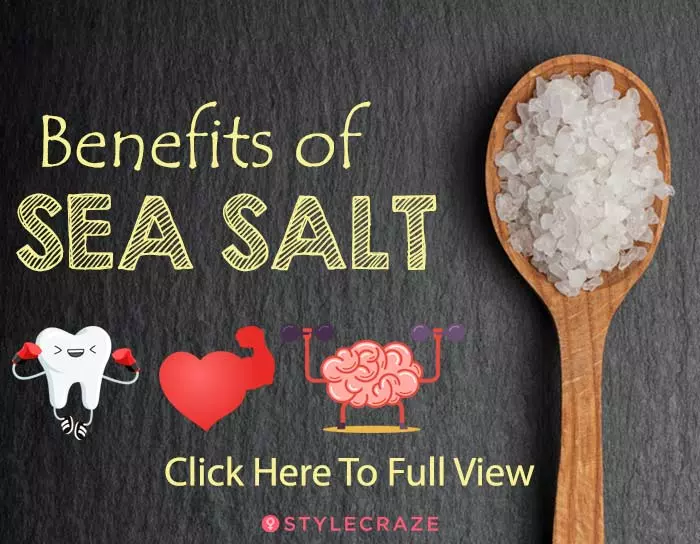






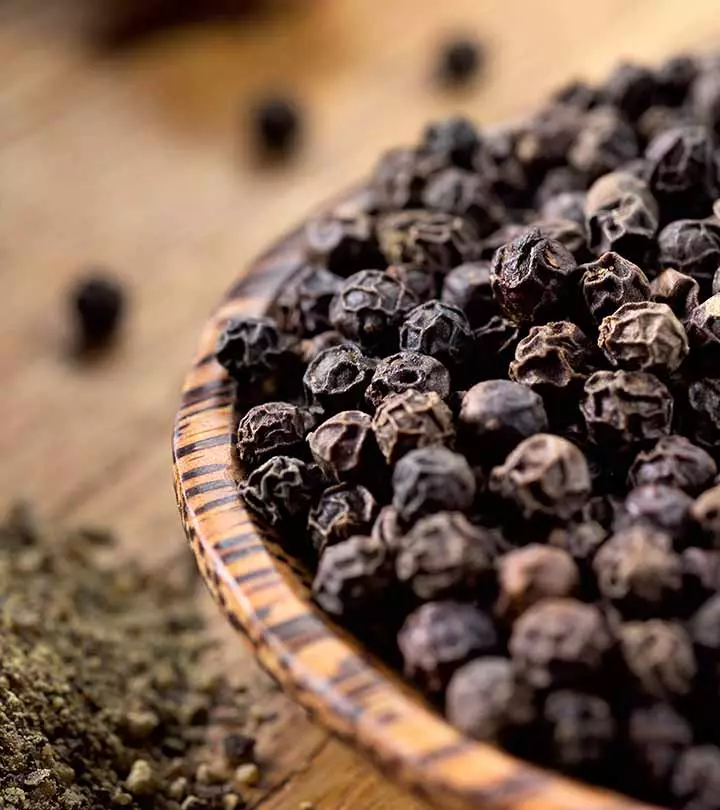
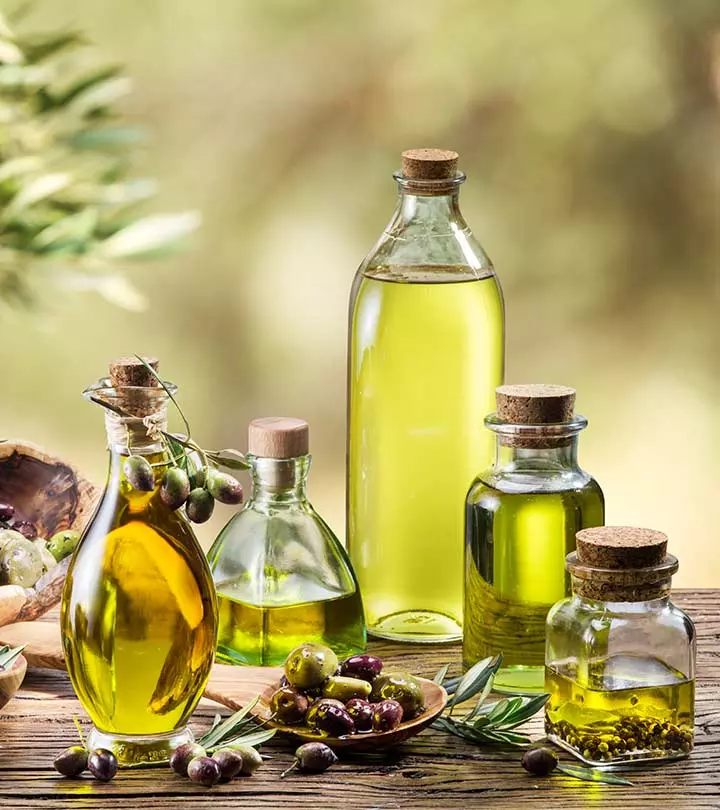
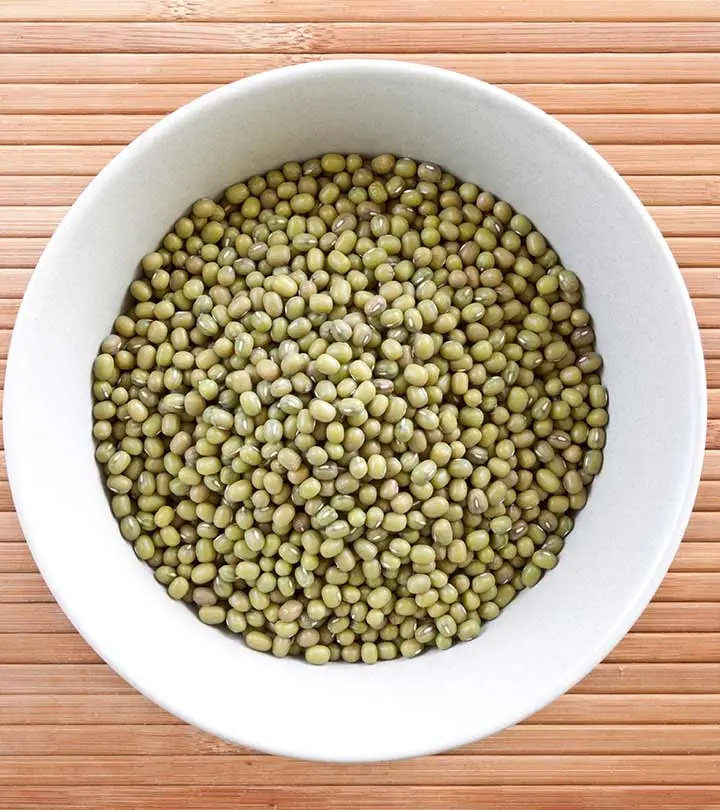

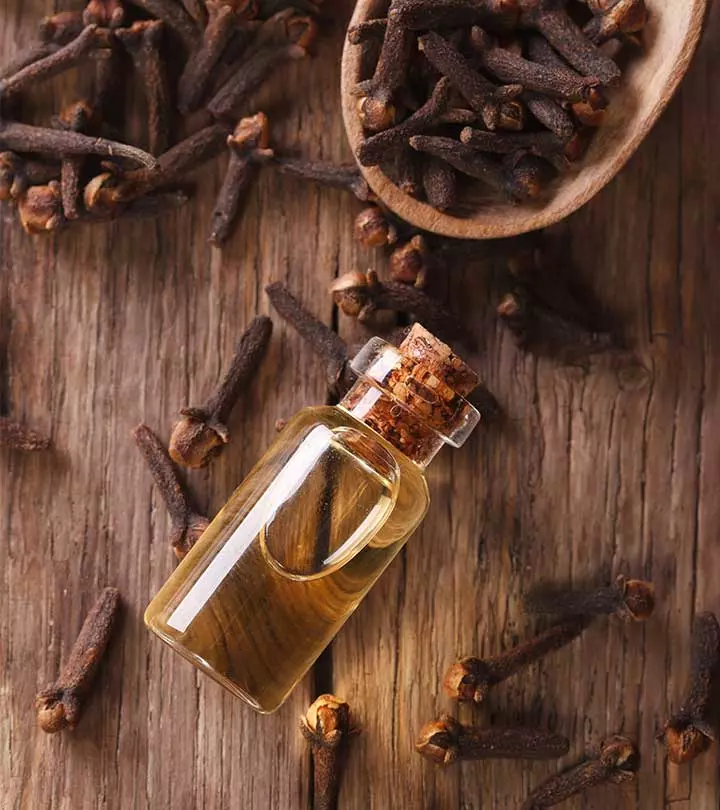

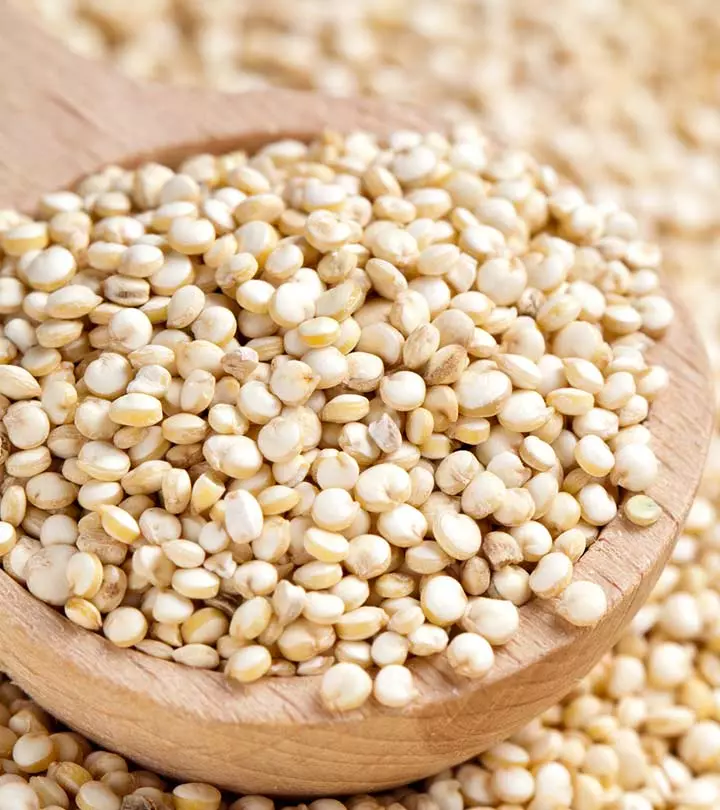
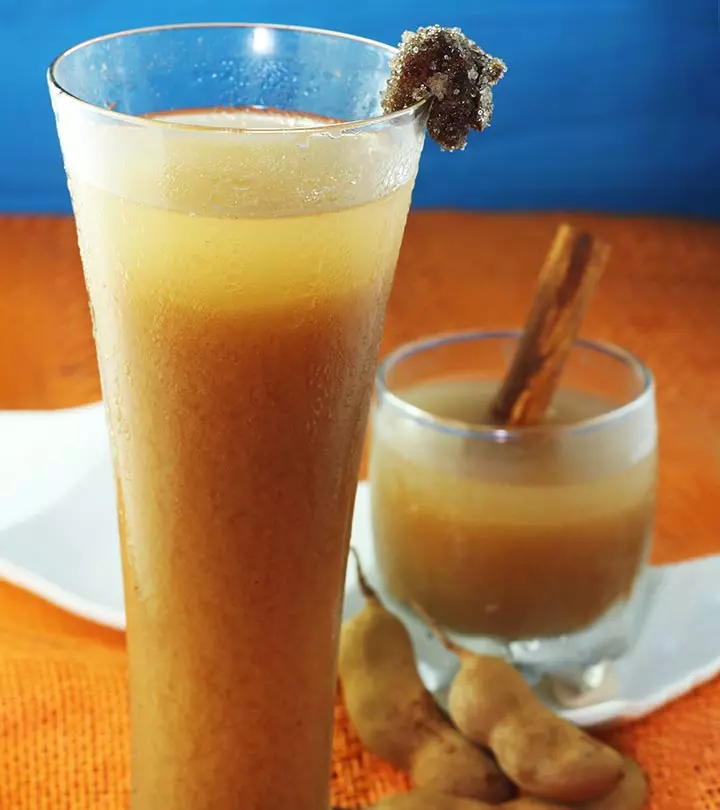

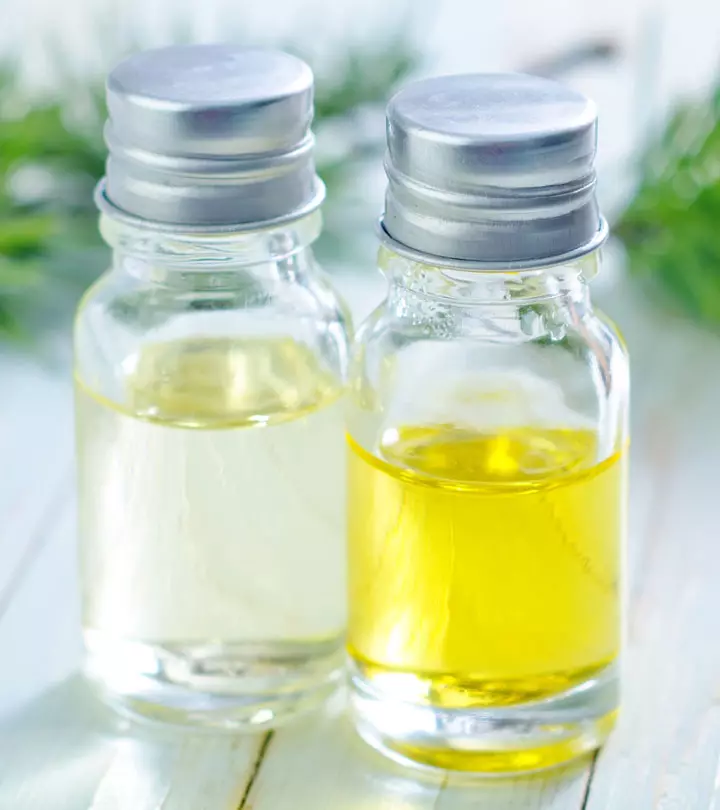
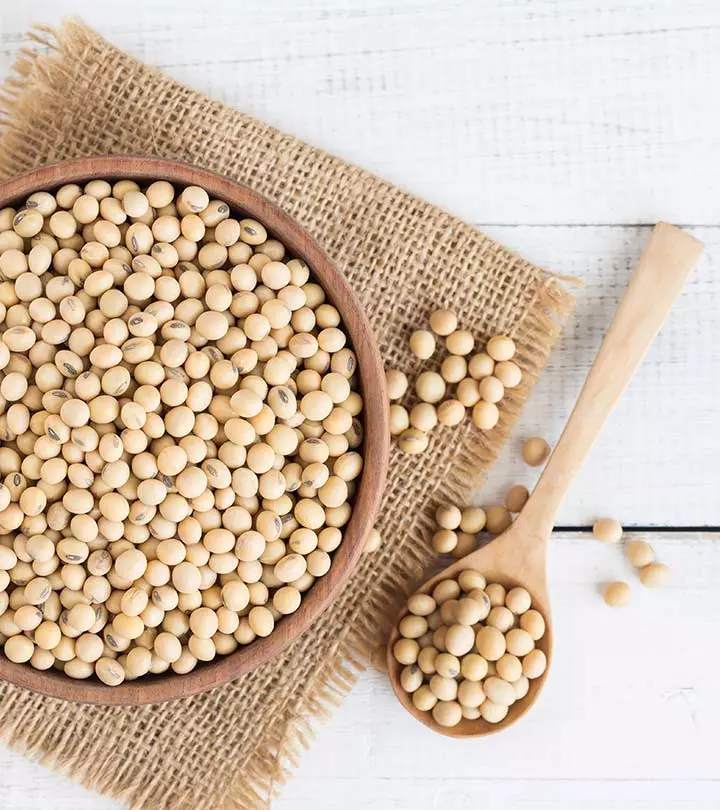

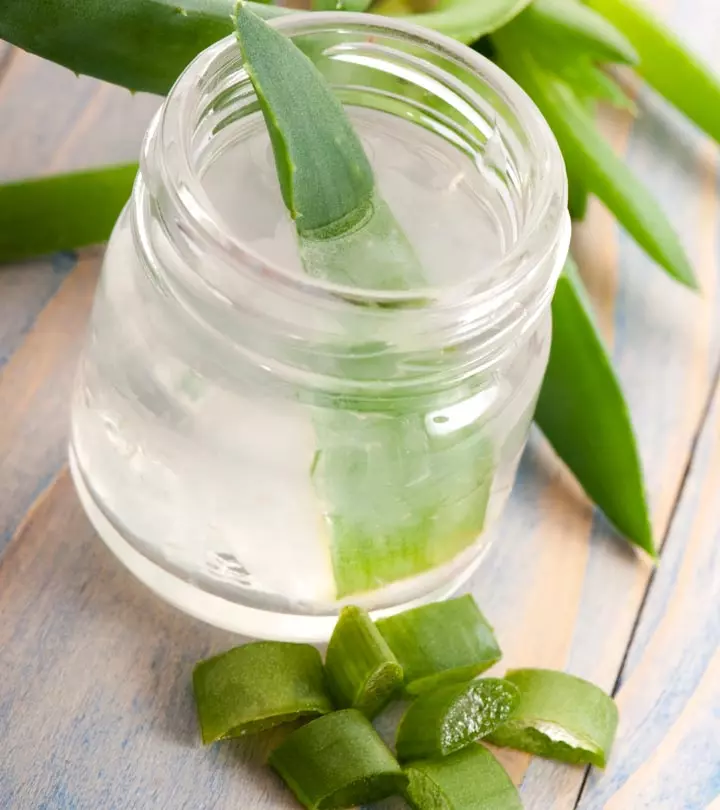

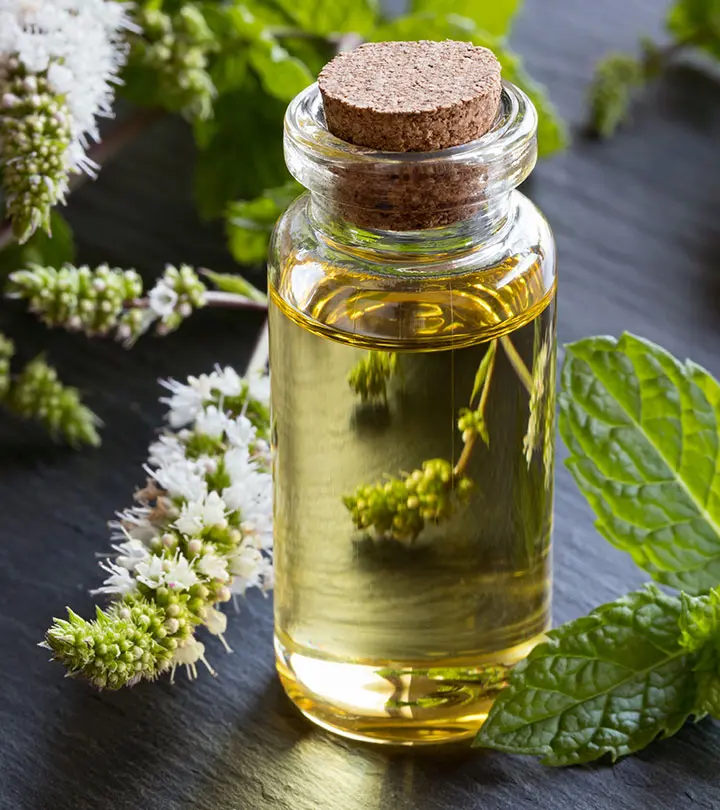



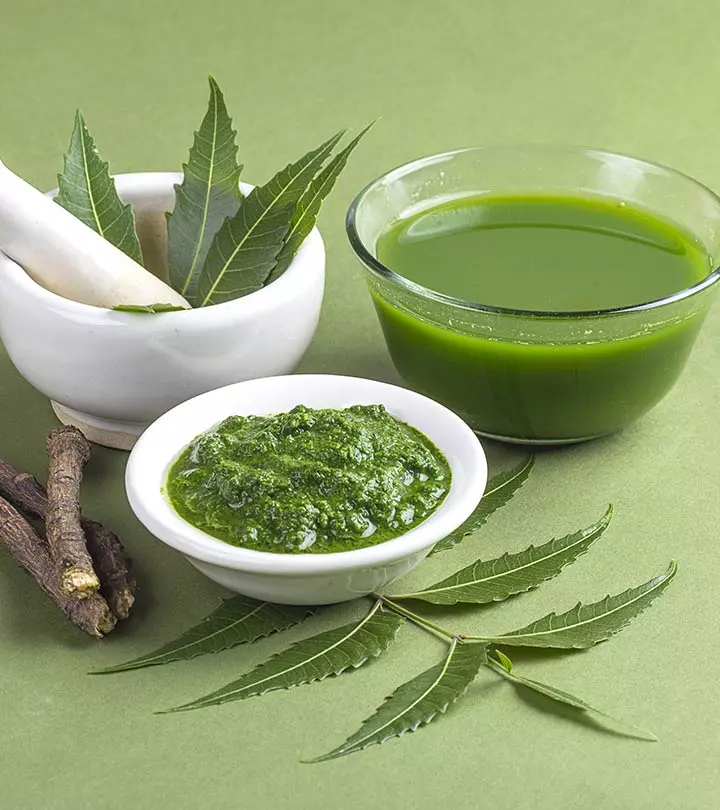


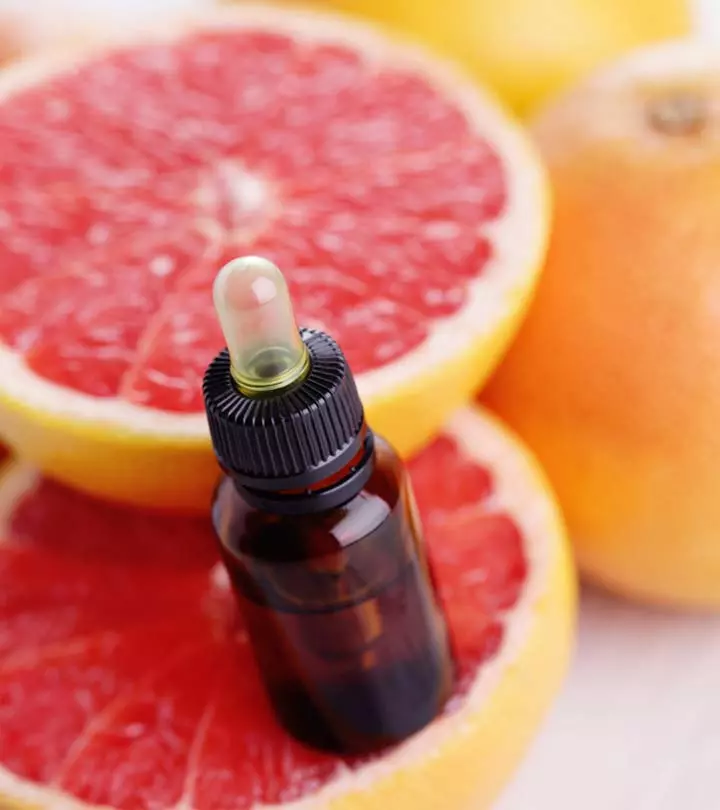
Community Experiences
Join the conversation and become a part of our empowering community! Share your stories, experiences, and insights to connect with other beauty, lifestyle, and health enthusiasts.